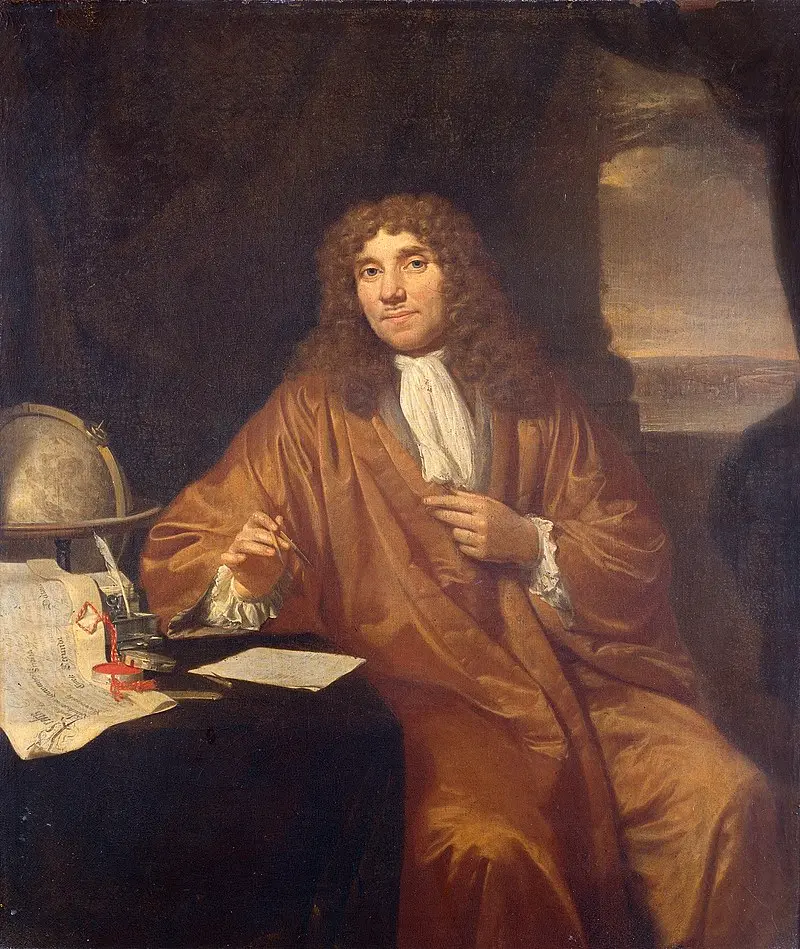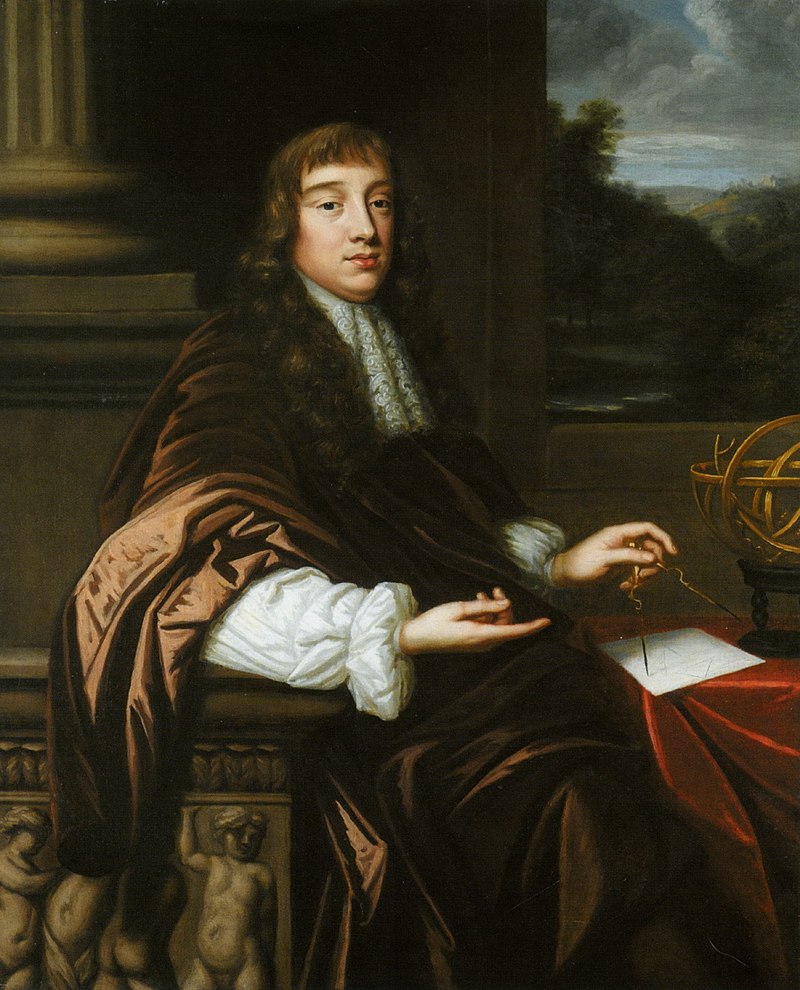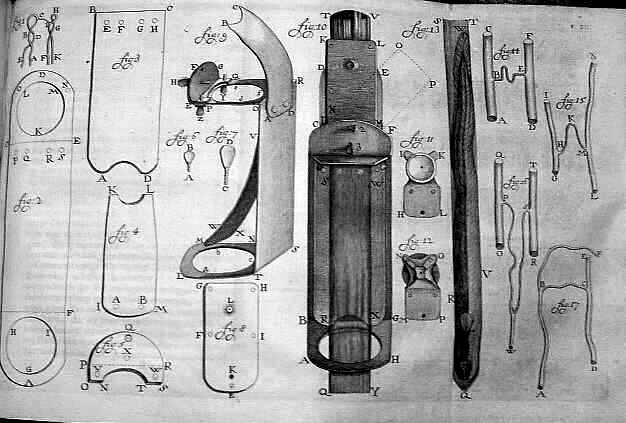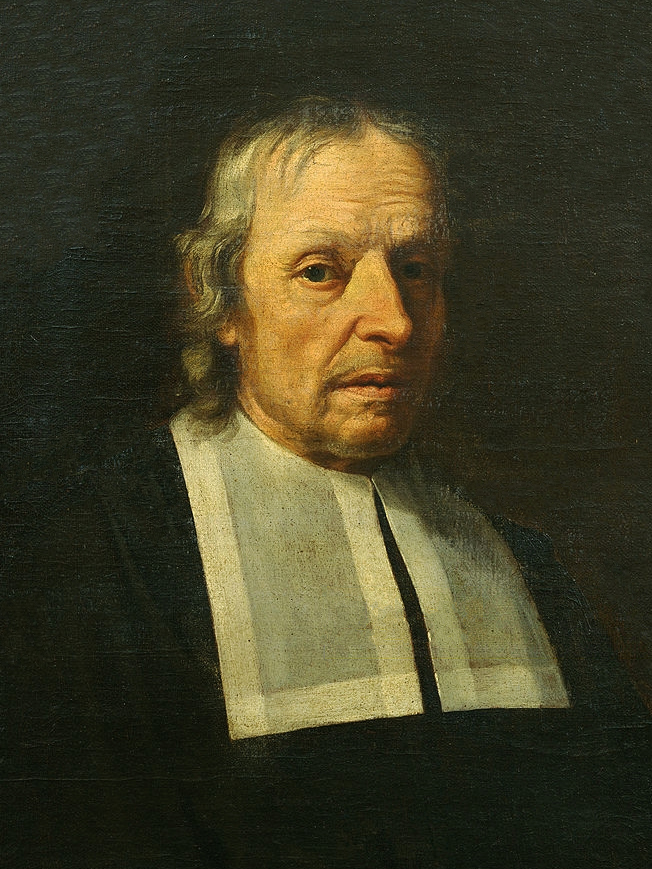Introduction
The microscope is one of the most groundbreaking inventions in scientific history, allowing humanity to peer into the previously invisible world of tiny organisms, cells, and microscopic structures. The development of the first-ever microscope paved the way for countless scientific discoveries, influencing fields such as biology, medicine, and materials science. In this article, we will explore the origins of the microscope, its inventors, early designs, and how this revolutionary tool transformed our understanding of the natural world.
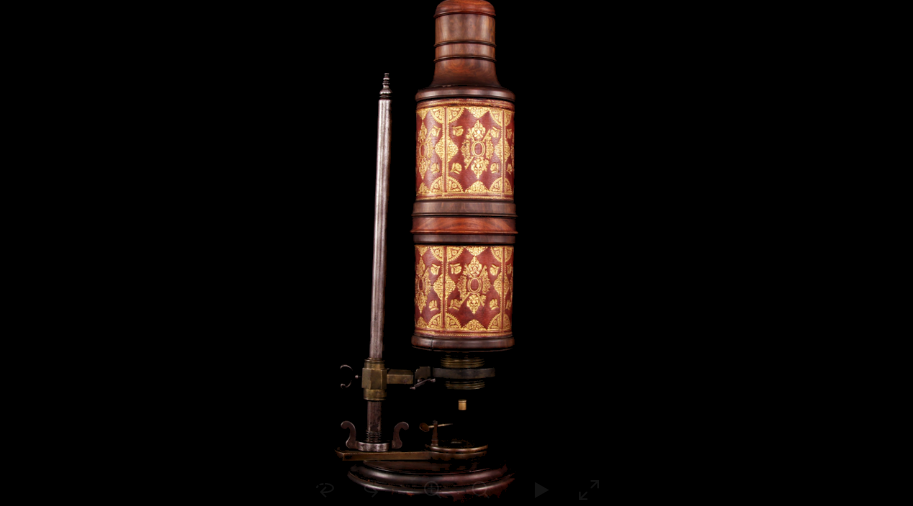
The Origins of the Microscope
Before the microscope, humans relied solely on their naked eye to observe the world around them. The idea of magnification, however, existed long before the first microscope was built. Ancient civilizations, such as the Romans and Egyptians, used glass lenses to enhance vision, often in the form of simple magnifying glasses or reading stones. These rudimentary optical tools hinted at the potential of magnification but lacked the complexity needed to reveal the microscopic world.
The first real steps toward the invention of the microscope occurred in the late 16th and early 17th centuries, when European scientists and craftsmen began experimenting with glass lenses to improve vision and magnify small objects. The rise of lens-making in the Netherlands played a crucial role in the development of the first microscopes.
Who Invented the First Microscope?
The exact origins of the first microscope are still debated, as multiple inventors contributed to its development. However, two names stand out in history: Hans Lippershey and Zacharias Janssen, both Dutch spectacle makers, as well as Antonie van Leeuwenhoek, a pioneering scientist known as the "Father of Microbiology."
Zacharias Janssen and the First Compound Microscope
In the 1590s, Zacharias Janssen and his father, Hans Janssen, developed what is now considered the first compound microscope. A compound microscope uses multiple lenses to magnify an image, an improvement over single-lens magnification. The Janssens' device consisted of a tube with convex lenses at both ends, which allowed for greater magnification than a simple magnifying glass. Some historical records suggest that Zacharias Janssen built this microscope around 1590, though exact dates are uncertain.
The early compound microscopes produced by the Janssens were relatively crude and had limited magnification power (around 3x to 9x). Despite their limitations, these devices marked a crucial step in the development of microscopy.
Antonie van Leeuwenhoek and the Simple Microscope
While the Janssens are credited with the first compound microscope, it was Antonie van Leeuwenhoek (1632–1723) who truly revolutionized the field of microscopy. A Dutch scientist and skilled lens-maker, Leeuwenhoek created high-quality simple microscopes, which used a single, finely crafted lens to magnify objects up to 200x.
Leeuwenhoek's microscopes were vastly superior to the earlier compound microscopes of the Janssens. His meticulous craftsmanship allowed for incredibly clear images, which enabled him to observe bacteria, sperm cells, red blood cells, and even protozoa—organisms no one had ever seen before. His discoveries laid the foundation for microbiology and changed the course of science.
Early Uses and Impact of the Microscope
The invention of the microscope had a profound impact on multiple scientific fields. Early scientists used microscopes to study the structures of plants, insects, and microorganisms, leading to major advancements in understanding life at the cellular level. Some key milestones include:
- Robert Hooke’s Discoveries (1665): Hooke, an English scientist, used a microscope to examine slices of cork and coined the term "cell" after noticing tiny compartments in the material. His famous book, Micrographia, contained detailed illustrations of microscopic observations.
- Leeuwenhoek’s Discovery of Microorganisms (1670s): Leeuwenhoek was the first to observe bacteria and protozoa, which he called “animalcules.” His work proved that an unseen world of tiny living organisms existed, shaping future biological research.
- Marcello Malpighi’s Contributions to Anatomy: The Italian physician Marcello Malpighi used microscopes to study blood circulation, capillaries, and internal tissues, making significant contributions to science.
The Evolution of the Microscope
The first microscopes were groundbreaking but had limitations, including poor resolution, distortion, and weak illumination. Over the centuries, improvements in optics and lens-making led to the development of more advanced microscopes:
- 18th and 19th Century Advances: Scientists improved lens quality, introduced achromatic lenses to reduce color distortion, and developed better lighting techniques.
- The Compound Microscope’s Refinement: By the late 19th century, compound microscopes with higher magnification and improved clarity became widely used in laboratories and medical research.
- The Electron Microscope (20th Century): In 1931, German scientists Ernst Ruska and Max Knoll developed the electron microscope, which used electron beams instead of light to achieve much greater magnification (up to millions of times). This allowed scientists to see viruses, molecular structures, and even atoms.
Conclusion
The invention of the microscope was one of the most important breakthroughs in scientific history, unlocking the hidden world of the microscopic and paving the way for discoveries in medicine, biology, and material science. From the early designs of Zacharias Janssen to the revolutionary work of Antonie van Leeuwenhoek, the microscope has undergone continuous evolution, becoming an indispensable tool in modern research.
Today, microscopes remain crucial in scientific advancements, from diagnosing diseases to exploring nanotechnology. What started as a simple magnifying device has transformed into a powerful instrument that continues to shape our understanding of the universe at the smallest scales.


